8 Types of Fruit Trees (with Pictures)
-
Kristin Hitchcock
- Last updated:
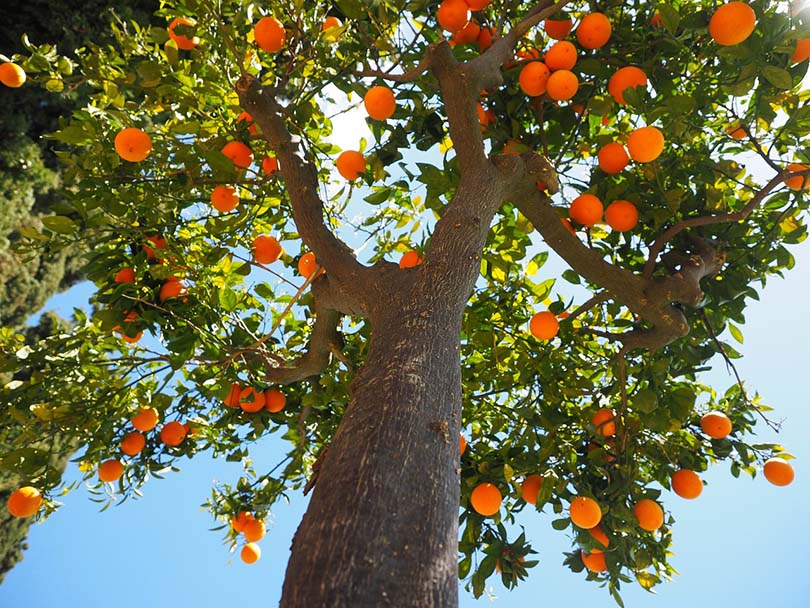
Fruit trees are a dual-purpose part of any garden. Not only are they rather pretty and provide everything a typical tree does, but they also give you sweet fruit to munch on. Plus, fruit trees can also attract animals like deer.
If you like a particular type of fruit, you may be interested in planting the tree that bears it. However, there are likely a few types of fruit trees that you didn’t previously consider.
In this article, we’ll take a look at the most popular types of fruit trees that you may want to plant in your garden.
The 8 Types of Fruit Trees
1. Apple Tree

Out of all the trees out there, apple trees are probably one of the most popular. There are many types of apples, though all of these trees belong to the Malus genus. Not all of these trees have edible fruits. For instance, crabapples technically fall into this category.
The average apple tree can reach 40 ft tall and gets rather wise. They need a lot of room to grow for this reason. They are fast-growing trees and produce beautiful, white flowers in the springtime.
To produce apples, these trees must be pollinated, so you’ll need to plant at least two. Generally, it would be best to place the trees about 100 ft apart for the best results. Most apple trees can be harvested in the summer or fall. However, it does depend on the exact apple tree.
These trees can grow in many different climates ranging from temperament and subtropical. However, different varieties grow best in different places.
2. Cherry Tree

Cherries are as popular as apples, but the trees are popular for various reasons. Firstly, some cherry trees are cultivated because of their flowers. They bloom very prettily in the spring, which is why they are increasingly popular.
With that said, there are also cherry trees that are grown specifically for their fruit. These don’t necessarily bloom as stunningly, though they will still look like the stereotypical cherry tree. Plus, they’ll produce higher-quality fruit for you to snack on.
Just like apples, there are varying kinds of cherries. Some are sweet, red cherries, while others are darker cherries. There is also a species of sour cherries. All varieties have their own unique flavors.
These trees tend to be rather small. Some can reach up to 40 feet tall, but most varieties are much smaller. For instance, some of the most popular varieties are around thirteen feet tall.
The main problem with cherry trees is that birds tend to eat the fruits before they are completely ripe, so you must cover them with netting in the spring and summer. Otherwise, you won’t have many fruits to choose from.
- Related Read: 12 Types of Trees in Connecticut (With Pictures)
3. Citrus Tree
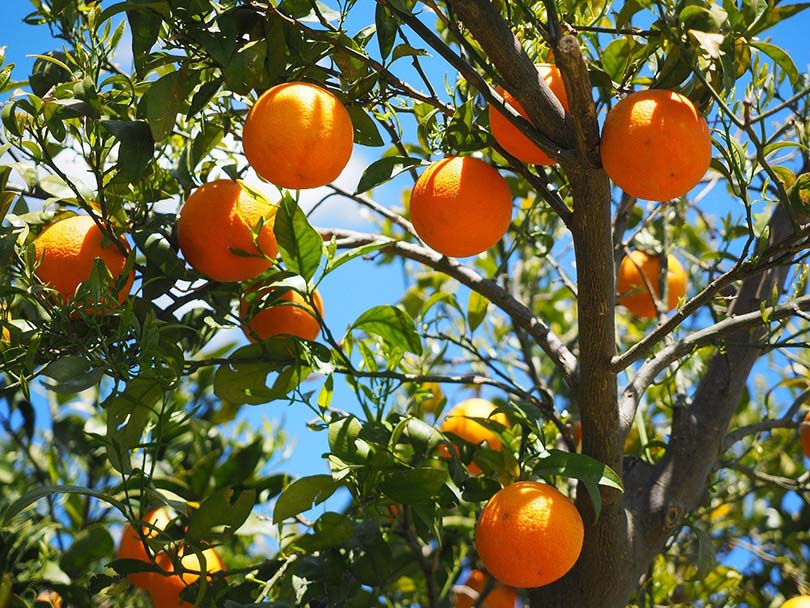
There are many different citrus trees, ranging from oranges to lemons to limes. However, all of these trees are in the same genus and therefore have a lot in common.
For the most part, these trees have to be grown somewhere warmer. They all do best in subtropical climates. If you live somewhere colder, your only option is to grow them indoors, which is often difficult and not very worth it (when you can go to the store and buy a lemon, that is).
There are only three types of citrus fruits: pomelo, mandarin, and citron. These fruits were crossbred to create all the citrus fruits we know today. Therefore, none of the citrus fruits currently on the market are actually “natural.” Instead, they were created by people.
There are a few dwarf citrus trees as well. The most popular is arguably the Calamondin orange. This tree is considered ornamental because its fruits are very sour and not great for eating.
4. Apricot Tree
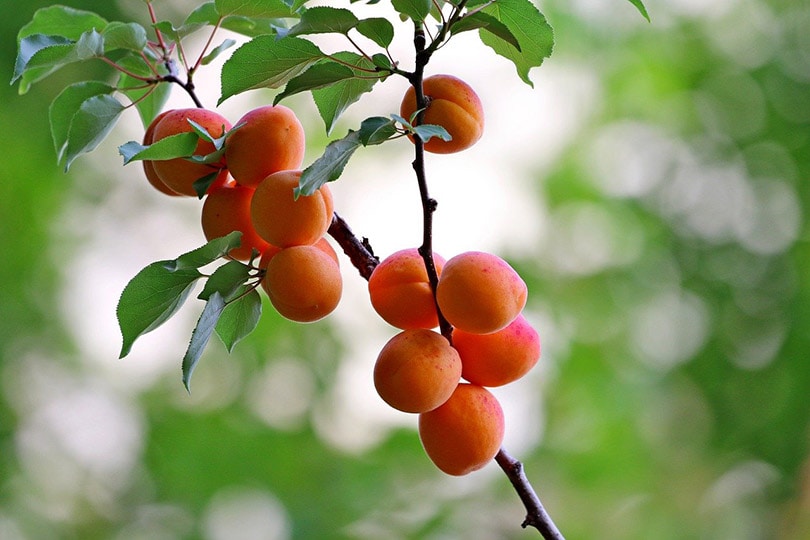
Apricot trees are small- to medium-sized trees and produce small stone fruit. They aren’t quite as common as other fruiting trees out there, but they are suitable for many warmer climates. They are affected by frost, which is why they aren’t suitable for colder areas.
On top of producing yummy fruits, these trees are known for their spring blossoms. They are also self-pollinating, so they don’t need as much care or planning as other trees.
These fruits may not be as popular, but they are often considered delicious by many people. Plus, their low maintenance makes them a great alternative to apple trees.
5. Fig Tree

Figs are native to Asia and the Middle East. Therefore, they are not too popular in North America because they are not native here. There are many different varieties of figs. Not all of them are actually trees. They can also look like creeping vines. Even the “trees” aren’t that big. They may grow as much as 10 feet high, but that is about it.
While figs are not super common in America, they are often considered tasty once people try them. Therefore, you may consider this fruiting tree for areas where you don’t have much space.
6. Plum Tree
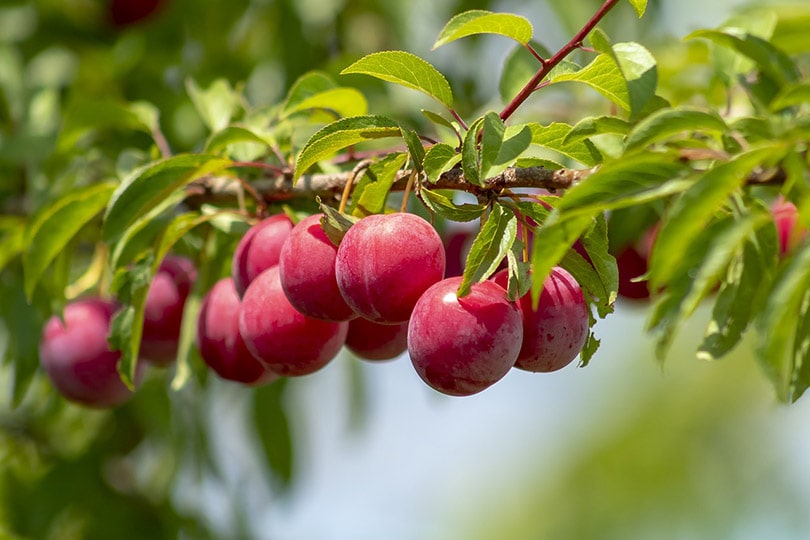
Out of all the fruiting trees, plum trees are some of the lowest maintenance trees you can find. They grow well in most temperament climates.
Technically, this tree belongs to the same genus as the cherry tree. However, it is quite different. There are also different plum trees, with varieties ranging from purple to green to yellow. They differ in the same way that apples differ.
When grown in zones five through seven, these trees are extremely low-maintenance. They are self-pollinating and don’t need much help to bear fruits. They are also relatively compact, with trees staying as small as eight feet. However, they produce a lot of fruit despite their smaller size.
7. Pear Tree
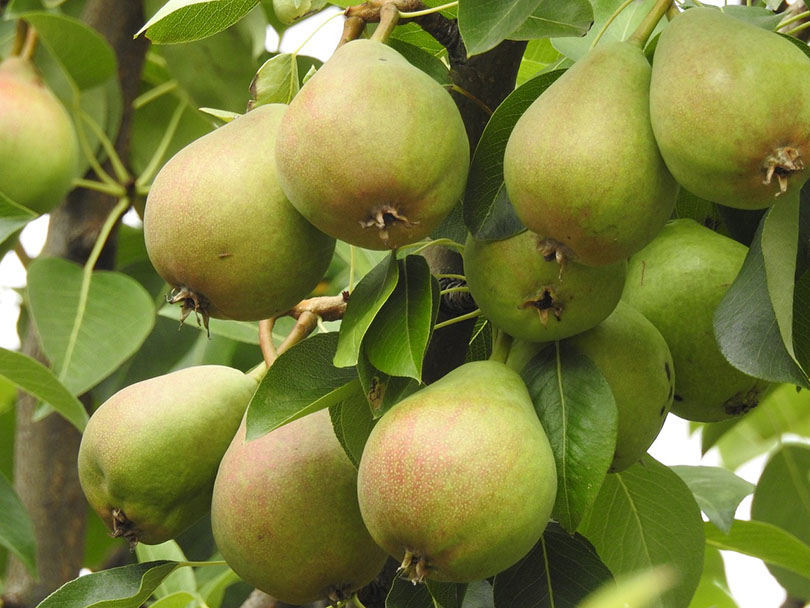
Many pear trees are quite easy to take care of. In fact, pears are one of the easiest fruiting trees to plant, especially if you don’t want to do much to help the tree bear fruit.
There are two main types of pear trees: European pears and Asian pears. When you think of a pear, you’re probably picturing the classical European kind. Asian pears are more oval, while European pears are the stereotypical “pear-shape.”
Like apple trees, pears are cold-hardy and can grow in cooler areas. The trees often grow somewhere between 33 and 56 pounds. However, there are also a few dwarf versions you can choose from as well.
These trees produce blooms that look similar to apples. The fruits themselves can color, as there are quite a few different varieties for you to choose from.
8. Peach Tree
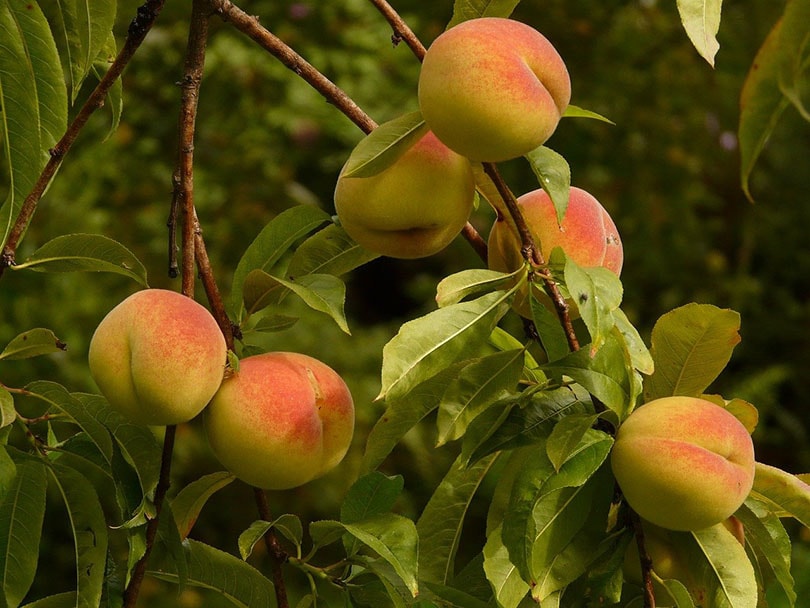
There are many different types of peach tree varieties out there. While most of them are most suited to a warmer climate, there are some that are cold-hardy. Most types are self-pollinators, so you don’t have to have two trees to produce fruit. Generally, these trees are considered quite low-maintenance.
There are some dwarf peach trees, making them perfect for those with smaller spaces. Full-sized peach trees can grow up to 23 feet tall. You can keep them manageable by trimming them. You can keep them to a height of 10 feet with regular trimming.
These trees are known for their beautiful pink flowers. They are known for producing a lot of fruit. Some trees can produce as much as 150 pounds annually. It all depends on the variety and the age of the tree.
There are some dwarf peach trees that produce decently large peaches. These mini trees often grow between 4 to 6 feet, making them much easier to care for than other options.
Final Thoughts
There are many types of fruiting trees out there. Some of these are easier to care for than others. Sadly, most fruiting trees do best in warmer climates. However, there are quite a few varieties that are cold-hardy as well, such as apples. In many cases, it depends a lot on the variety of trees you select.
When choosing the correct tree for your garden, consider what fruits you like to eat and which ones will grow well in your area. Not all trees are suitable for all areas, even if you do like their fruit.
Luckily, there are quite a few varieties for each type of fruit, so you can often find something suitable.
Featured Image Credit: Hans, Pixabay
Contents

